
COMPLETE BLOOD PICTURE (CBP)
- 300
ERYTHROCYTE SEDIMENTATION RATE (ESR)
- 240
HAEMOGRAM
- 400
BLOOD GROUPING and RH TYPING
- 200
HAEMOGLOBIN(HB%)
- 120
PROTHROMBIN TIME WITH INR (PT INR)
- 320
BLEEDING TIME & CLOTTING TIME (BT & CT)
- 230
LIVER BASIC PROFILE (AUTOIMMUNE)
- 4000
MALARIA PARASITE (SMEAR)
- 290
ACTIVATED PARTIAL THROMBOPLASTIN TIME (APTT)
- 480
MALARIA PARASITE F & V (RAPID)
- 520
ANA - IFA
- 1600
MALARIA PARASITE (QBC)
- 440
ANA BASIC PROFILE
- 3840
ABNORMAL HAEMOGLOBIN STUDY
- 2000
D-DIMER (QUANTITATIVE)
- 1200
PLATELET COUNT
- 200
PERIPHERAL SMEAR
- 160
FOOD ALLERGY BASIC PANEL (20)
- 2640
RETICULOCYTE COUNT
- 520
LUPUS ANTICOAGULANT (LAC)
- 1760
COOMBS TEST DIRECT (DCT)
- 280
ANCA (p-ANCA & c-ANCA)
- 2400
TOTAL WBC COUNT (TC)
- 160
What is Hematology?
The word “hematology” comes from the Greek words haima (meaning blood) and logos (meaning study). Therefore, hematology literally means “the study of blood.”
Hematology is the branch of medicine that focuses on the study of blood, blood-forming organs, and blood-related disorders. It encompasses the diagnosis, treatment, and prevention of diseases that affect the production and components of blood, including red blood cells (RBCs), white blood cells (WBCs), platelets, hemoglobin, blood proteins, bone marrow, and the coagulation process (clotting).
Hematology plays a critical role in understanding health and disease. Since blood circulates throughout the entire body, carrying oxygen, nutrients, and immune cells, disorders in the blood can affect virtually every organ system. This makes hematology a key specialty in both clinical medicine and laboratory diagnostics.
Hematology includes:
The formation of blood cells in the bone marrow.
The structure and function of blood components.
The clotting mechanism and bleeding disorders.
The immune function carried out by blood cells.
The diagnosis and treatment of blood cancers and anemia.
Hematologists are specialized doctors who diagnose and manage blood diseases, while hematopathologists focus on blood analysis in the lab.
Components of Blood
To understand hematology, it’s essential to know what blood is made of:
Red Blood Cells (RBCs) – Carry oxygen from the lungs to the rest of the body using hemoglobin.
White Blood Cells (WBCs) – Fight infection and form a critical part of the immune system.
Platelets – Help in clotting to prevent bleeding.
Plasma – The liquid component of blood that carries nutrients, hormones, proteins, and waste products.
Any imbalance or abnormality in these components can lead to a wide range of medical conditions that are studied under hematology.
Types of Hematological Disorders
Hematological disorders can be broadly classified into:
1. Anemias
Caused by a deficiency or abnormality of red blood cells or hemoglobin.
Common types: Iron deficiency anemia, Sickle cell anemia, Vitamin B12 deficiency, Aplastic anemia.
Symptoms: Fatigue, pallor, shortness of breath, dizziness.
2. Bleeding and Clotting Disorders
Hemophilia: Genetic disorder where blood doesn’t clot properly.
Von Willebrand Disease: A clotting protein deficiency.
Deep Vein Thrombosis (DVT) and Pulmonary Embolism (PE): Abnormal clot formation in veins.
3. Blood Cancers
Leukemia: Cancer of white blood cells.
Lymphoma: Cancer of the lymphatic system.
Multiple Myeloma: Cancer of plasma cells in the bone marrow.
4. Bone Marrow Disorders
Myelodysplastic syndromes (MDS): Abnormal development of blood cells.
Polycythemia vera: Overproduction of red blood cells.
Myelofibrosis: Scarring of bone marrow tissue.
5. Infections and Immune Disorders
Neutropenia: Low white blood cell count leading to infections.
Autoimmune hemolytic anemia: Body attacks its own red blood cells.
Common Hematology Tests
Laboratory investigations form the foundation of hematological diagnosis. Some of the most commonly used hematology tests include:
1. Complete Blood Count (CBC)
Measures RBCs, WBCs, hemoglobin, hematocrit, and platelets.
Used to detect anemia, infections, and other blood disorders.
2. Peripheral Blood Smear
Microscopic examination of blood cells to assess shape and size.
Useful for diagnosing leukemia, malaria, and sickle cell disease.
3. Coagulation Tests
Includes Prothrombin Time (PT), Activated Partial Thromboplastin Time (aPTT), and INR.
Assesses clotting function and bleeding disorders.
4. Bone Marrow Biopsy
Extracts a sample from bone marrow to study blood cell formation.
Used in the diagnosis of leukemia, lymphoma, and anemia.
5. Hemoglobin Electrophoresis
Identifies abnormal hemoglobin types (e.g., HbS in sickle cell disease).
Why Hematology Matters
Hematology is crucial not just for diagnosing blood disorders but for maintaining overall health and managing systemic diseases. Here's why hematology is so important:
1. Early Disease Detection
Many serious conditions such as leukemia or aplastic anemia can be detected early through hematological screening. For example, a routine CBC can reveal early signs of cancer, infections, or chronic diseases.
2. Guides Treatment Decisions
Hematology helps doctors determine the right treatment, especially for:
Blood transfusions in anemia or trauma.
Chemotherapy in leukemia and lymphoma.
Anticoagulants in clotting disorders.
Iron or vitamin supplements in nutritional anemias.
3. Manages Lifelong Conditions
Conditions like hemophilia, sickle cell anemia, and thalassemia require lifelong management. Hematologists provide comprehensive care plans to ensure patients live longer, healthier lives.
4. Critical in Surgery and Emergency Care
Before surgeries, hematology tests assess bleeding risk and ensure safe recovery. In trauma care, rapid blood analysis is crucial for saving lives.
5. Supports Cancer Diagnosis and Therapy
Hematology plays a central role in oncology. Many cancers affect the blood directly (like leukemia), or require careful monitoring of blood counts during treatment with chemotherapy and radiation.
6. Advances in Medical Research
Breakthroughs in hematology have led to:
Development of targeted therapies.
Safer blood transfusions.
Gene therapies for inherited blood disorders.
Understanding of immune responses and autoimmunity.
Hematology in Everyday Life
Even in routine healthcare, hematology plays a vital role:
Pregnant women undergo blood tests to detect anemia.
Children are screened for thalassemia or iron deficiency.
Elderly individuals are monitored for clotting risks or malignancies.
Blood donation and transfusion services also fall under the purview of hematology, helping millions every year.
Challenges and Future of Hematology
While hematology has advanced rapidly, challenges remain:
Managing rising cases of blood cancers.
Addressing iron-deficiency anemia in low-income countries.
Ensuring safe and sufficient blood supply.
Tackling drug resistance in leukemia and clotting disorders.
The future is promising with:
Gene therapy for hemophilia and sickle cell anemia.
Personalized medicine in cancer treatment.
Artificial blood research for trauma care.
Use of AI and machine learning in hematology diagnostics.
Conclusion:
Hematology is far more than just the study of blood. It is a life-saving medical specialty that impacts nearly every field of healthcare. From diagnosing anemia to treating leukemia, from managing bleeding disorders to supporting cancer care—hematology is fundamental to modern medicine.
With continuous advancements in technology, genetics, and therapy, hematology will play an even greater role in improving patient outcomes, supporting research, and transforming lives across the globe.
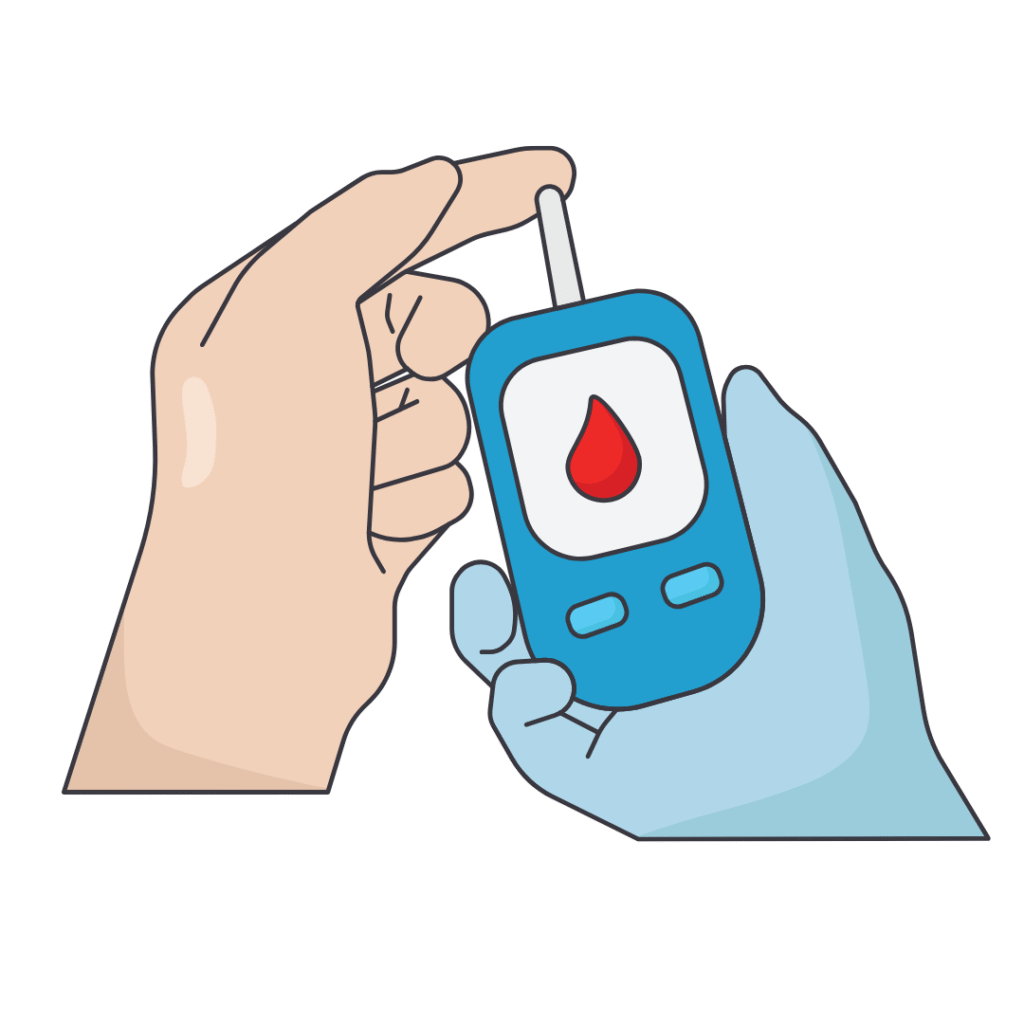
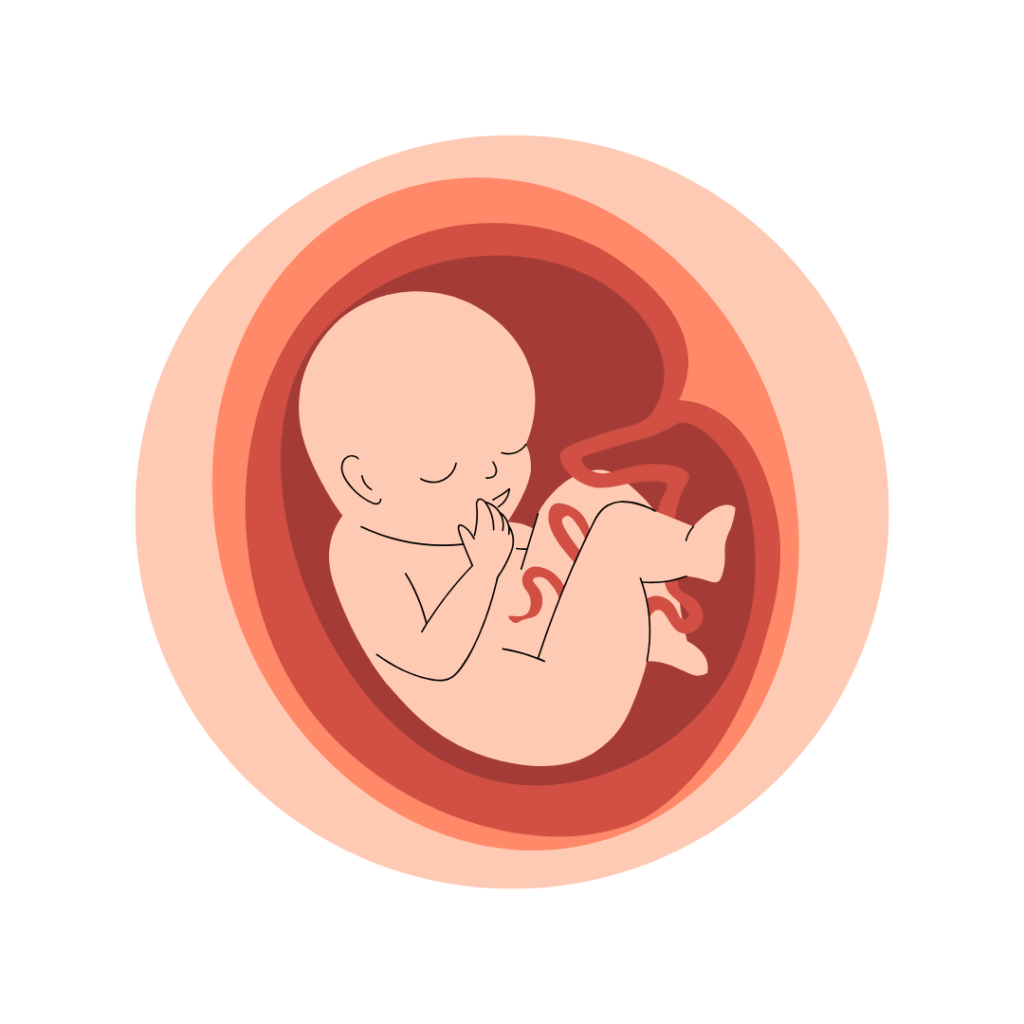
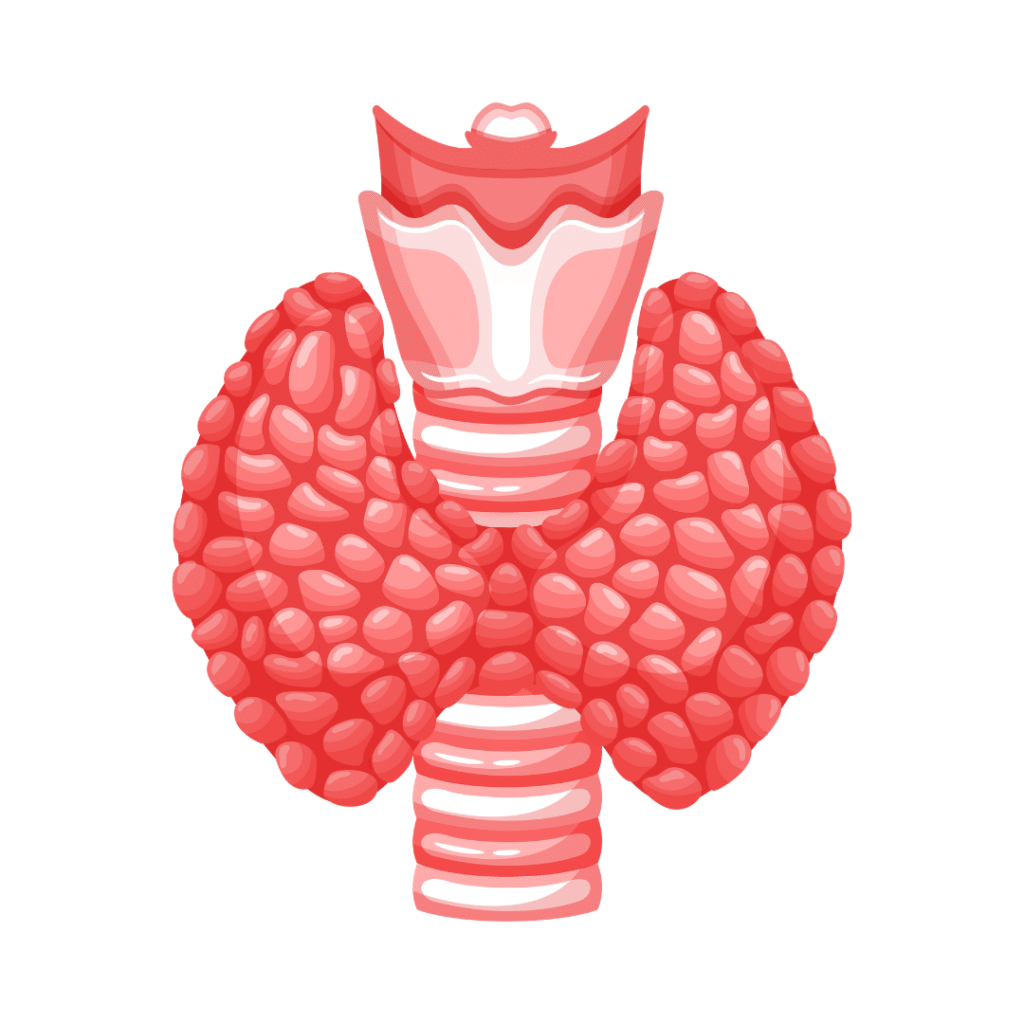
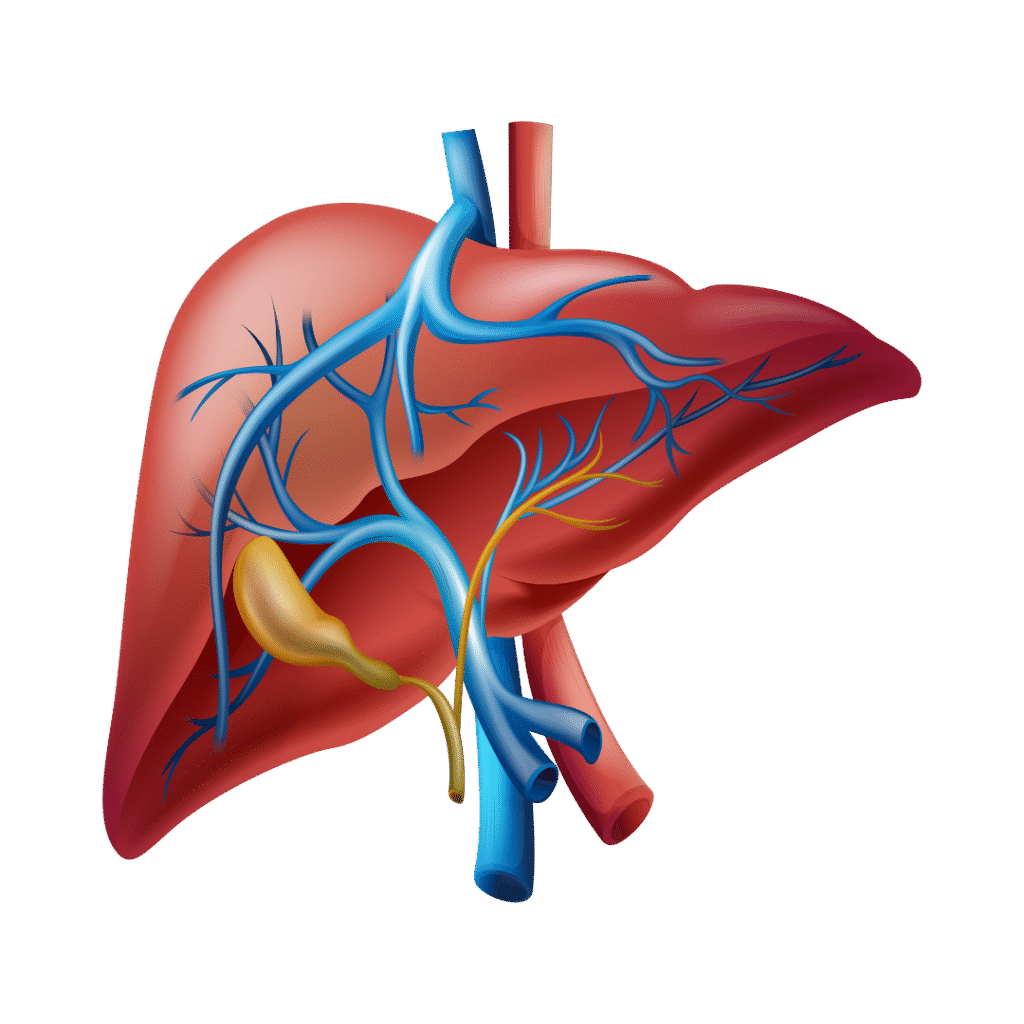
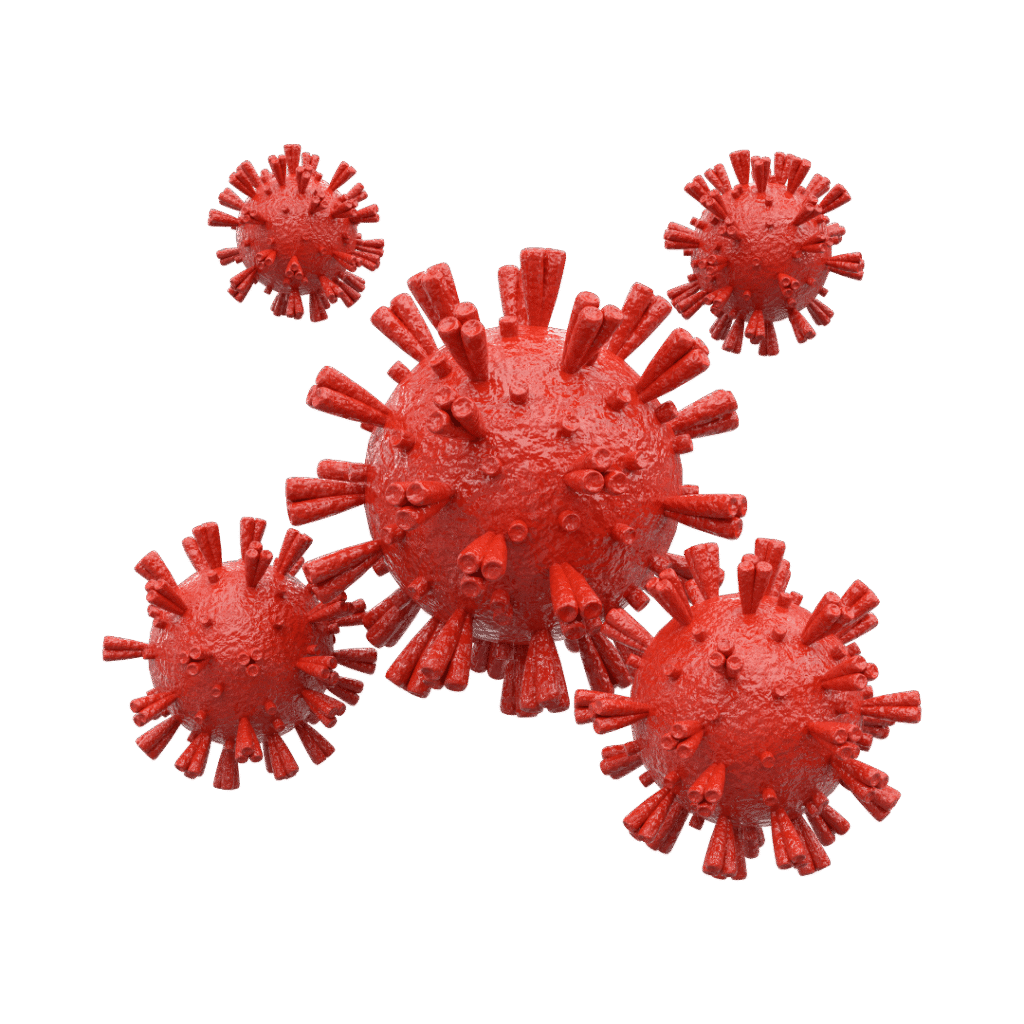
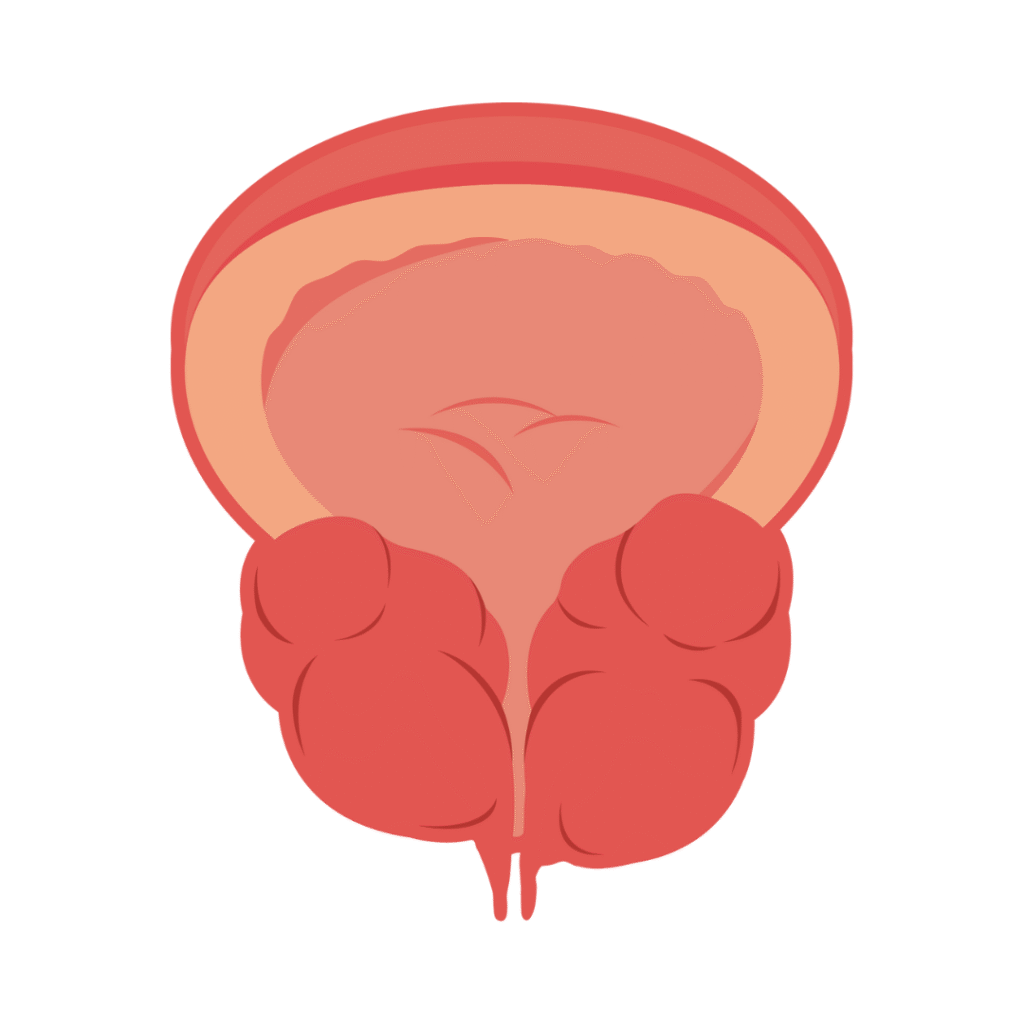
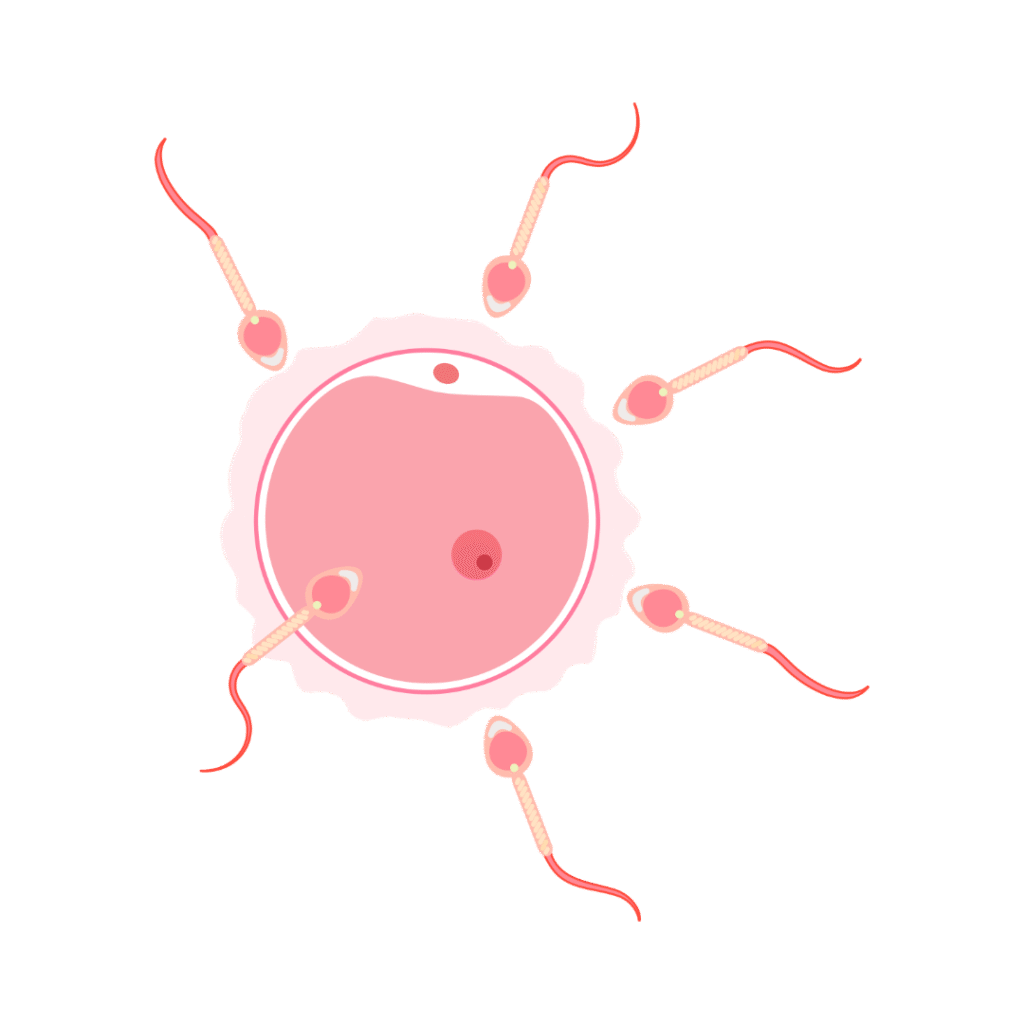
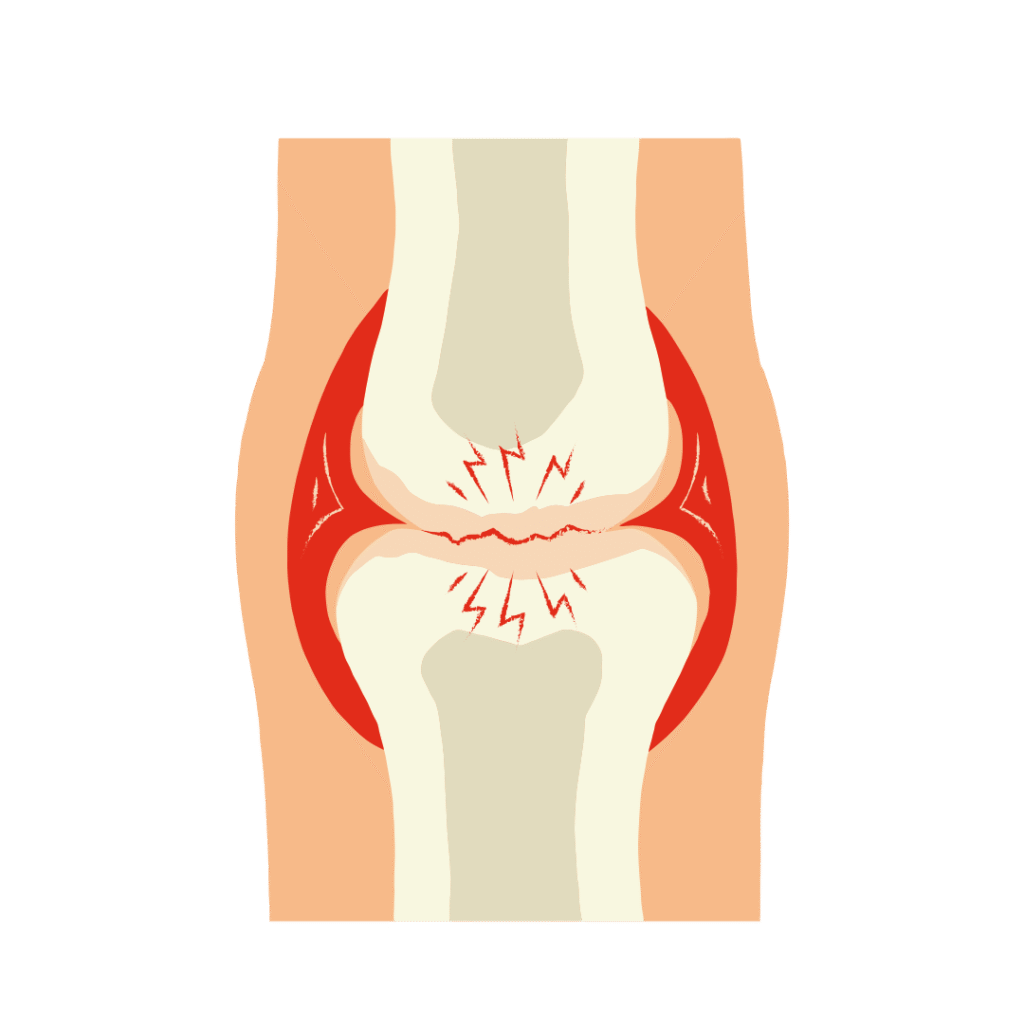
Diabetes
Pregnancy
Thyroid
Liver
Covid
Prostate
Fertility
Bone

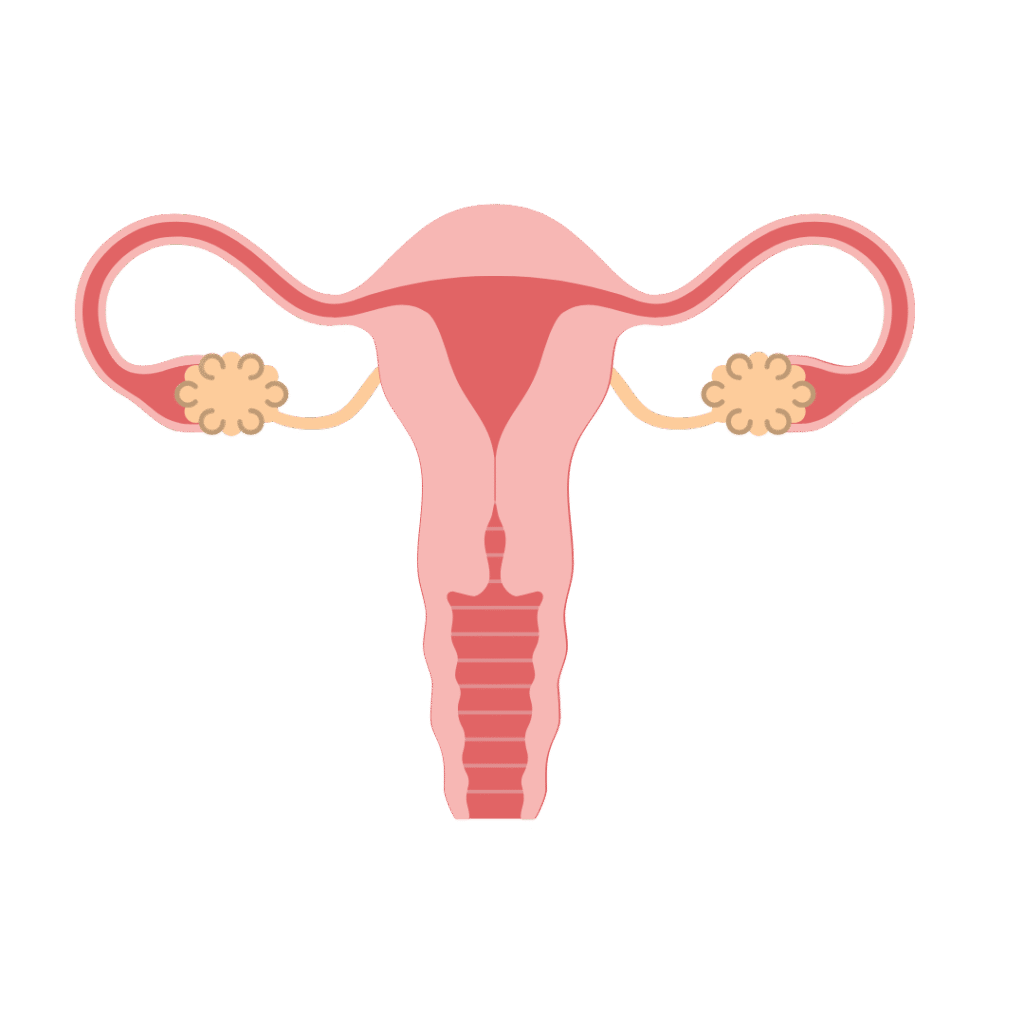
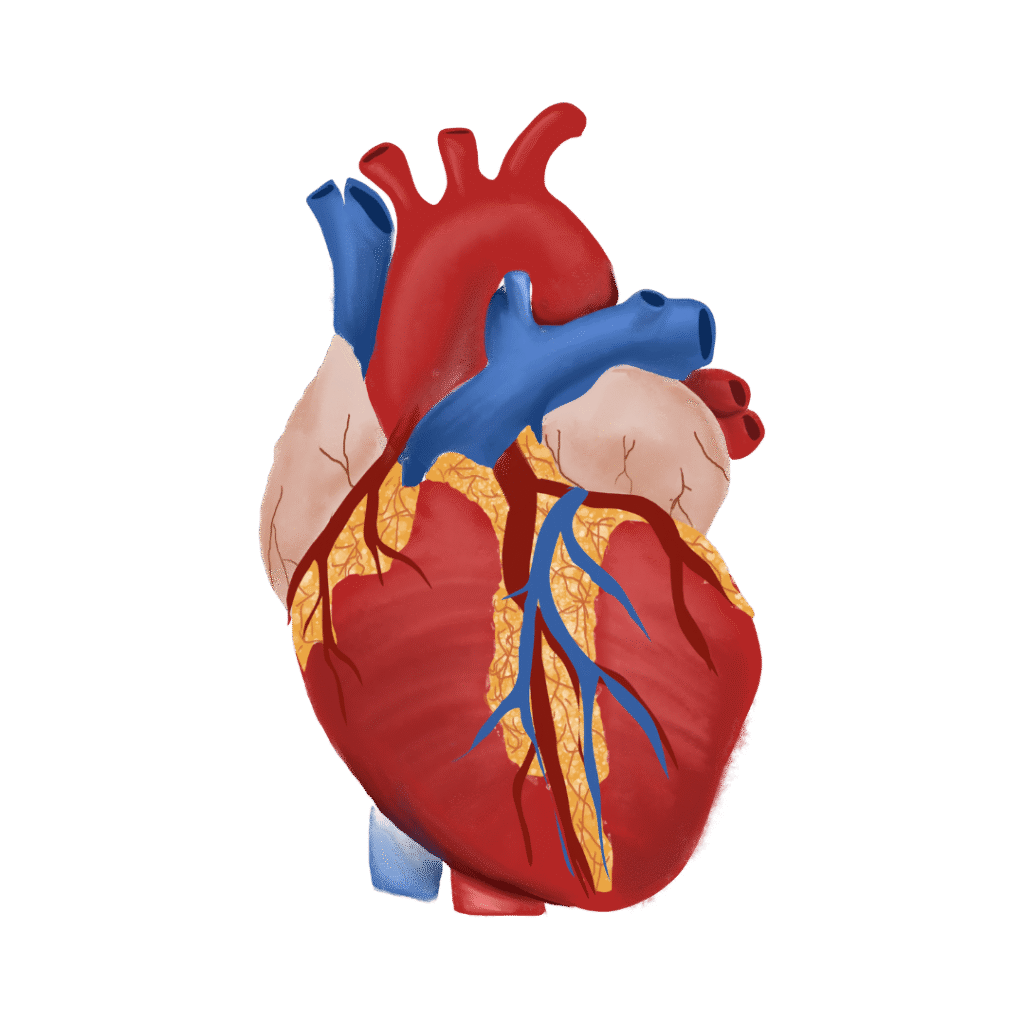
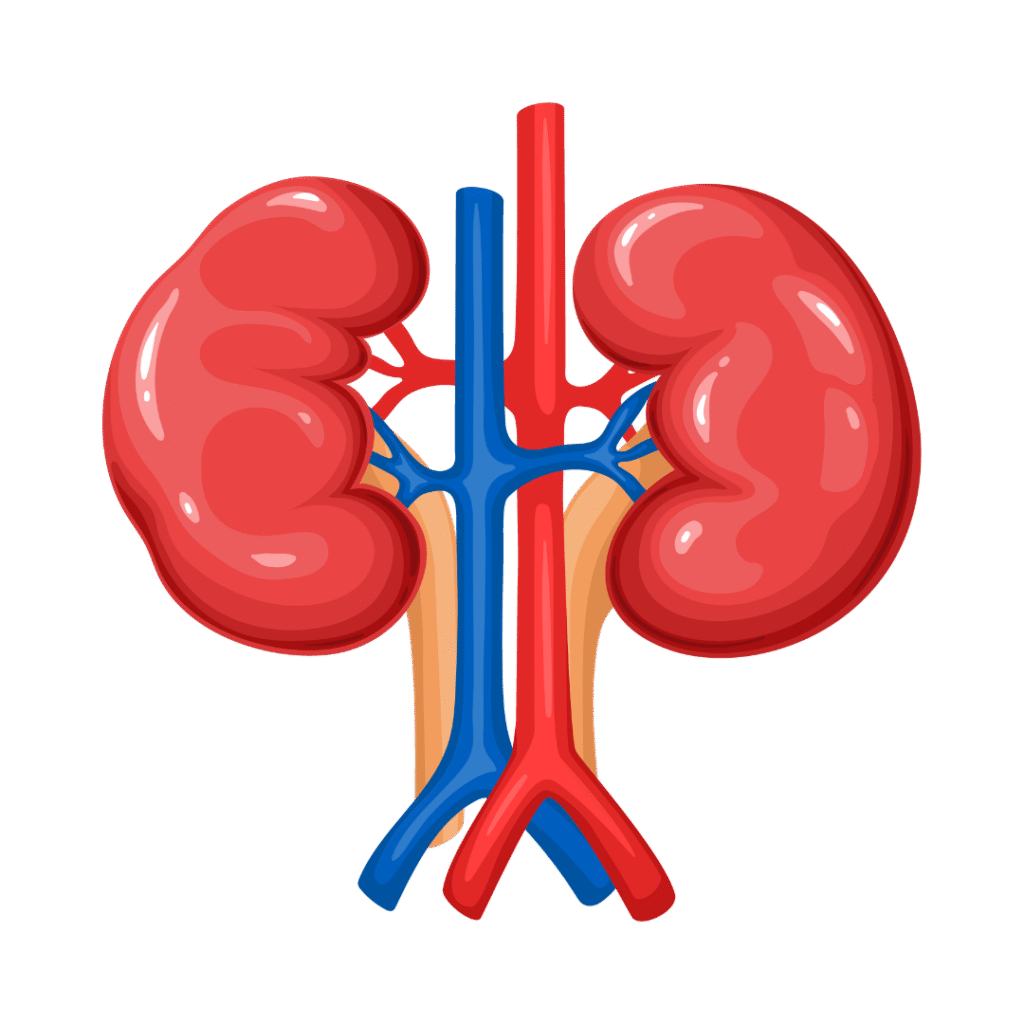
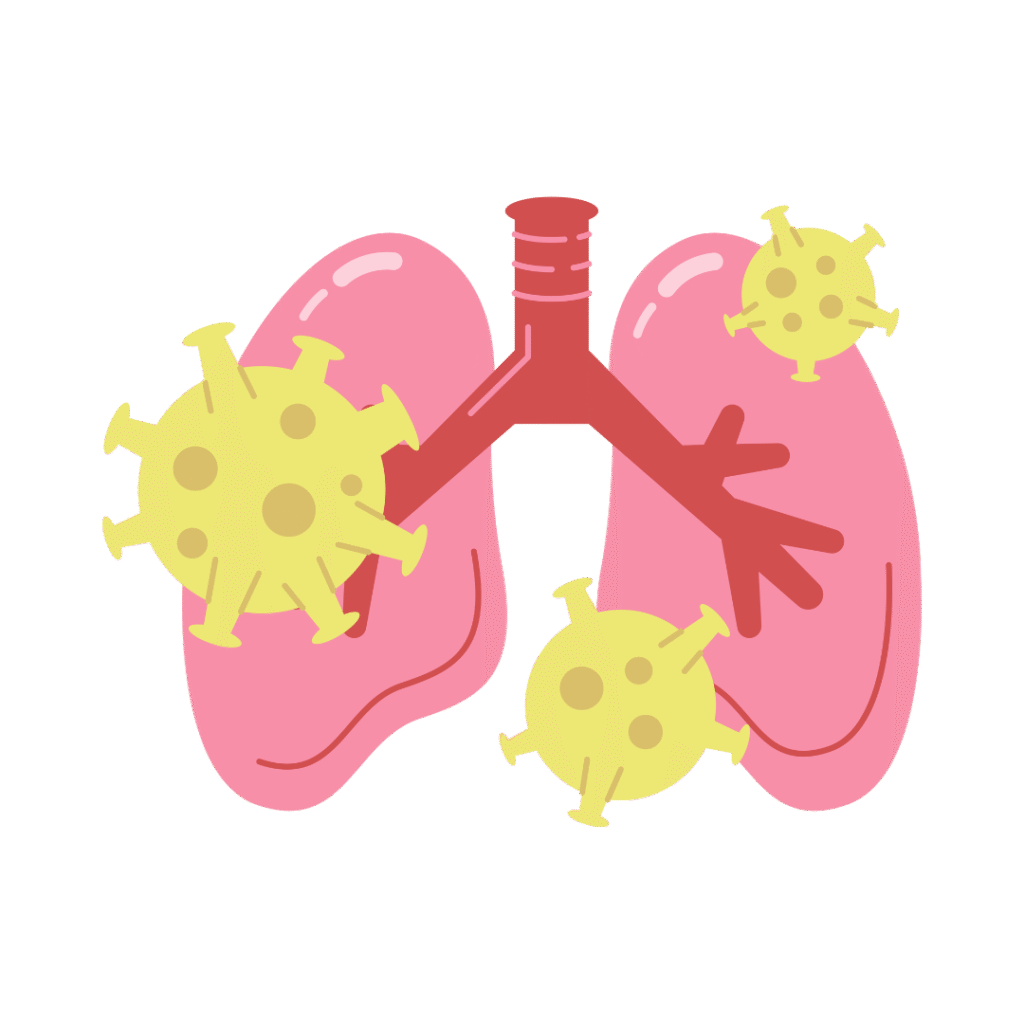
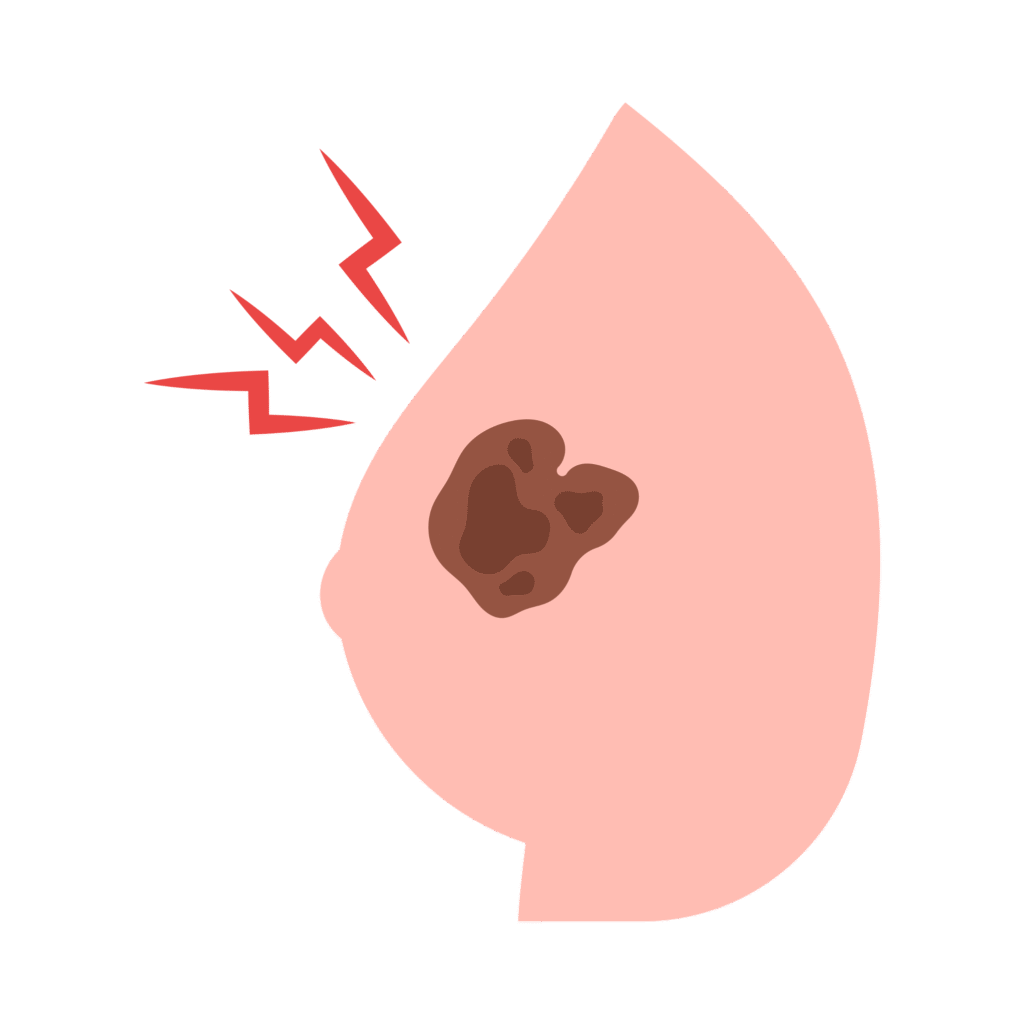
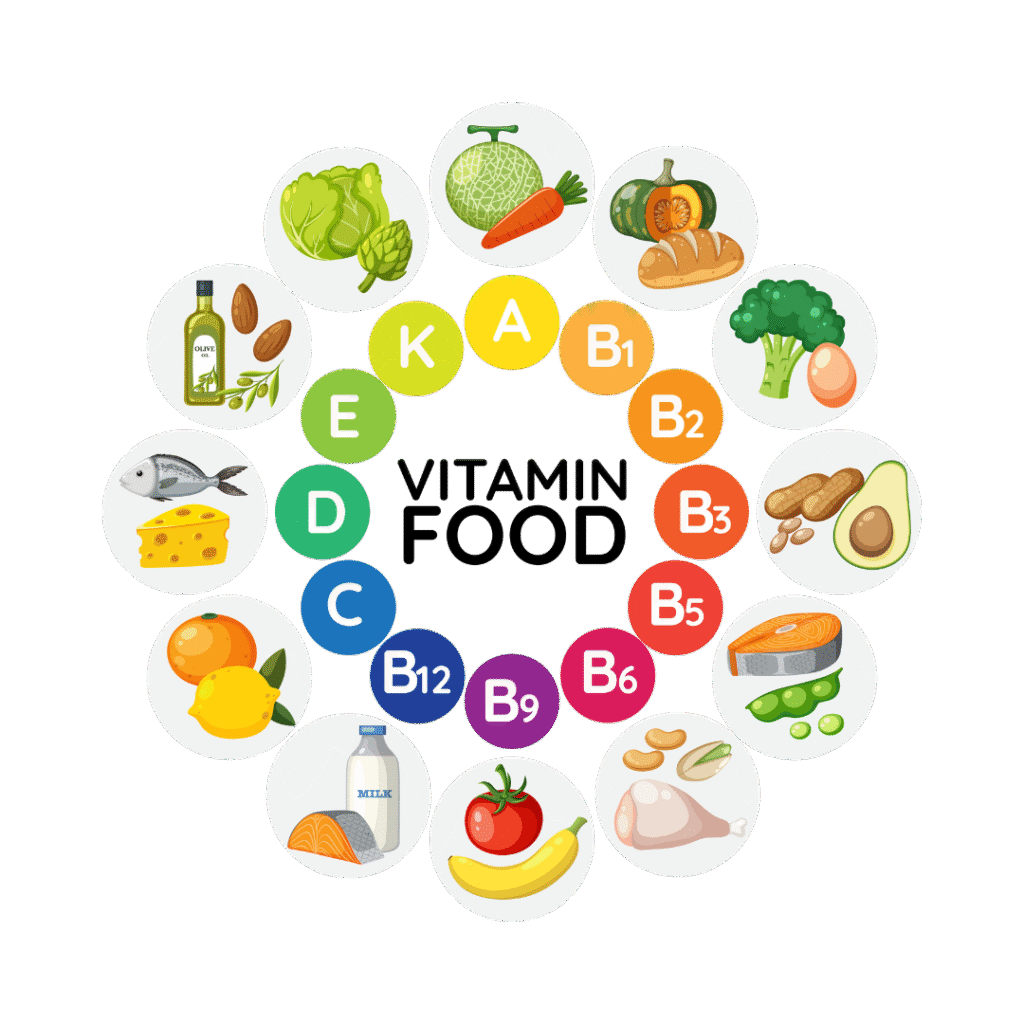
Gastro
Cervix
Heart
Kidney
cancer
breast
Vitamins
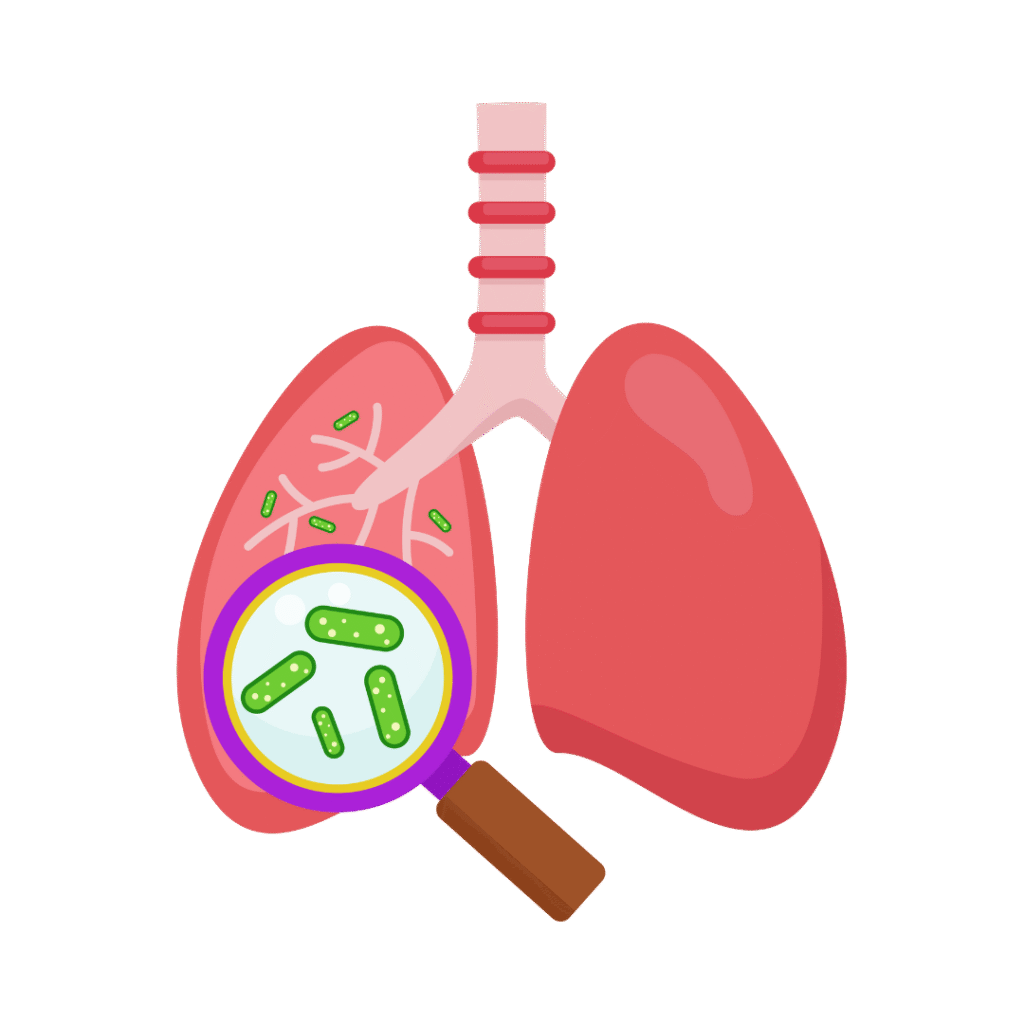
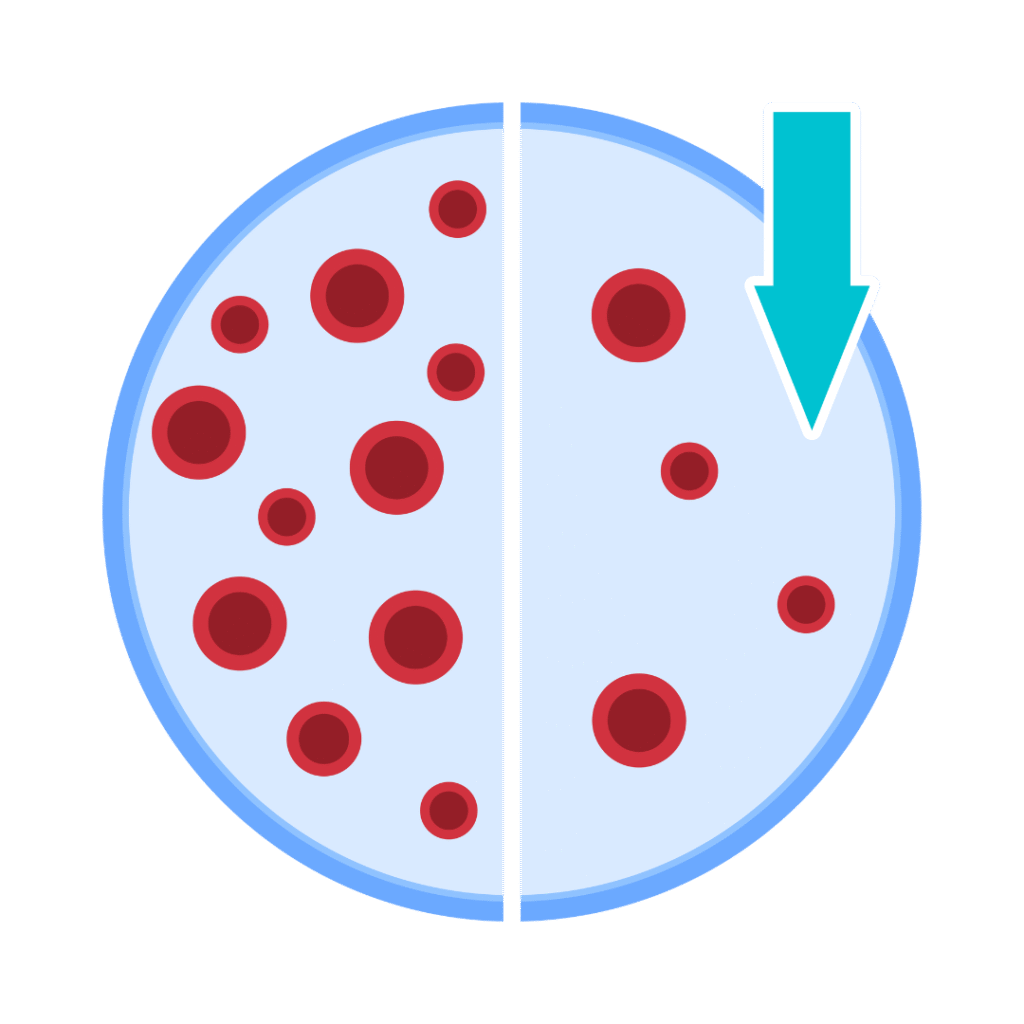
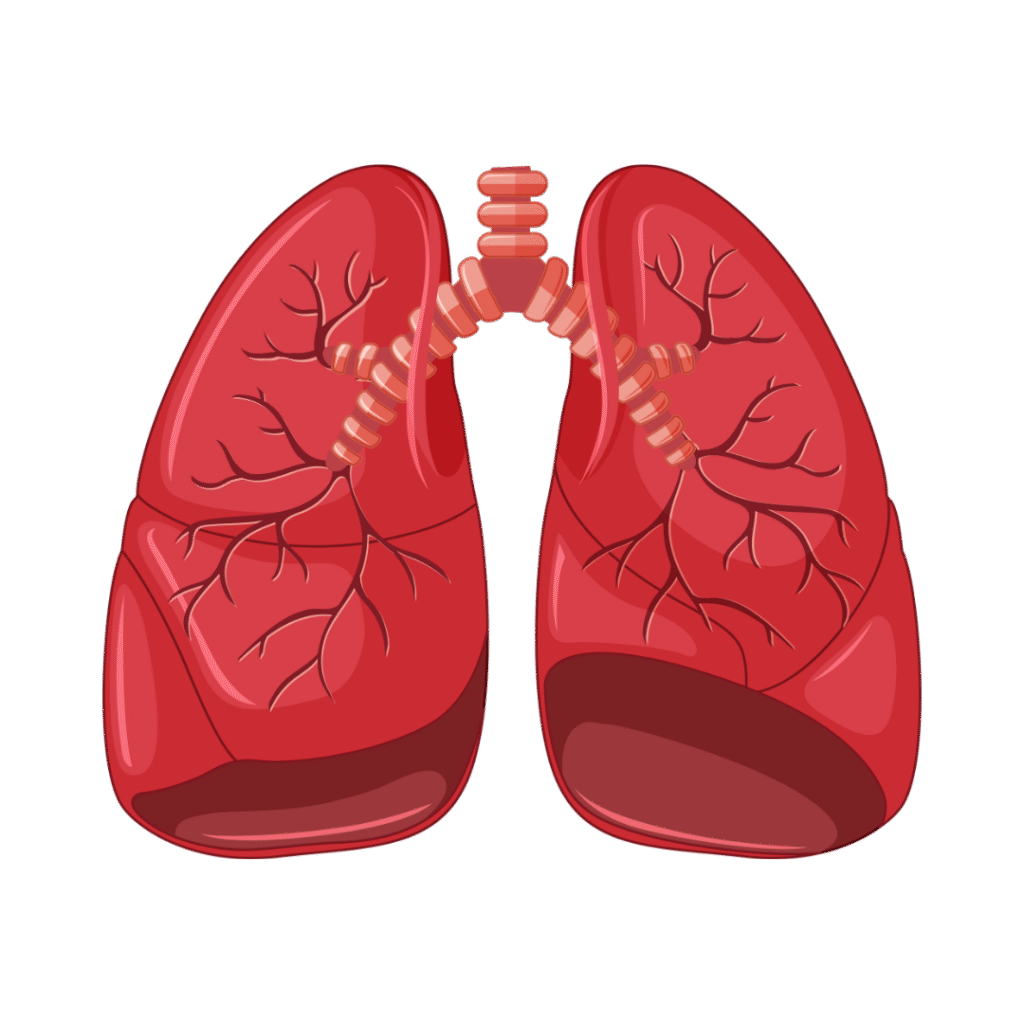
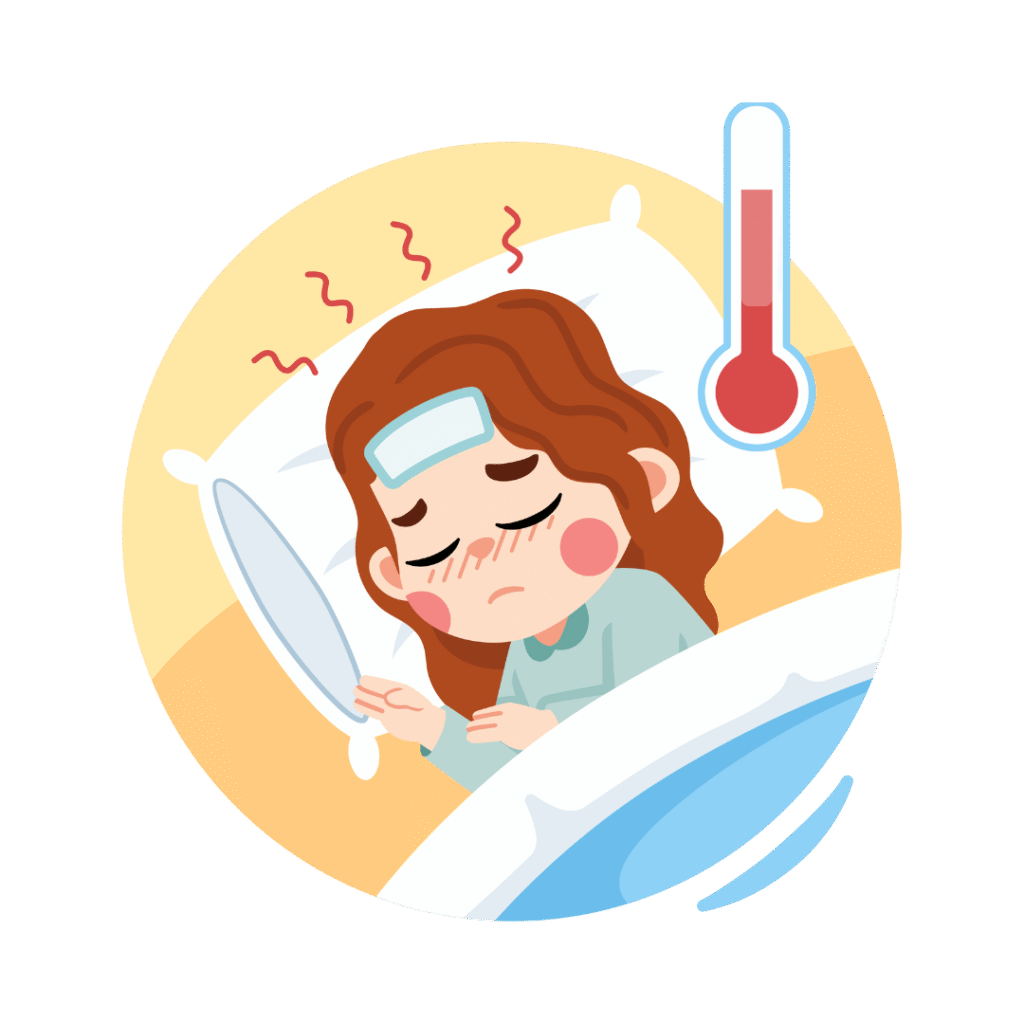

Tuberculosis (TB)
Anemia
Lungs
Fever
Allergy
Frequently Asked Questions
Hematology is the study of blood and blood-related disorders. It includes tests to evaluate red cells, white cells, platelets, and other components of blood to detect anemia, infections, clotting problems, and more.
Key hematology tests include:
Complete Blood Count (CBC)
Hemoglobin (Hb)
ESR (Erythrocyte Sedimentation Rate)
Peripheral Smear
Coagulation Profile (PT, APTT, INR)
Blood Grouping & Rh Typing
A CBC gives vital information about your overall health and helps detect conditions like anemia, infections, immune disorders, and blood cancers.
Fasting is not usually required for basic hematology tests like CBC. However, if your doctor has advised additional blood chemistry tests, fasting might be needed.
A small blood sample is collected from a vein in your arm using sterile techniques by a trained phlebotomist.
A small blood sample is collected from a vein in your arm using sterile techniques by a trained phlebotomist.
Low hemoglobin may indicate anemia, which could be due to nutritional deficiency, blood loss, or underlying medical conditions. Further evaluation may be needed.
Yes. Certain blood patterns can suggest bacterial or viral infections, leukemia, or lymphoma, which can then be confirmed through further testing.
Our lab uses automated analyzers and manual review by experienced hematologists, ensuring high accuracy, backed by NABL/ISO quality standards.
Yes, most of our general and advanced health packages include hematology tests like CBC and ESR as part of routine screening.
